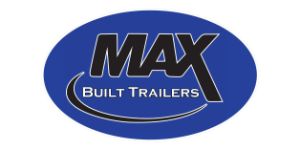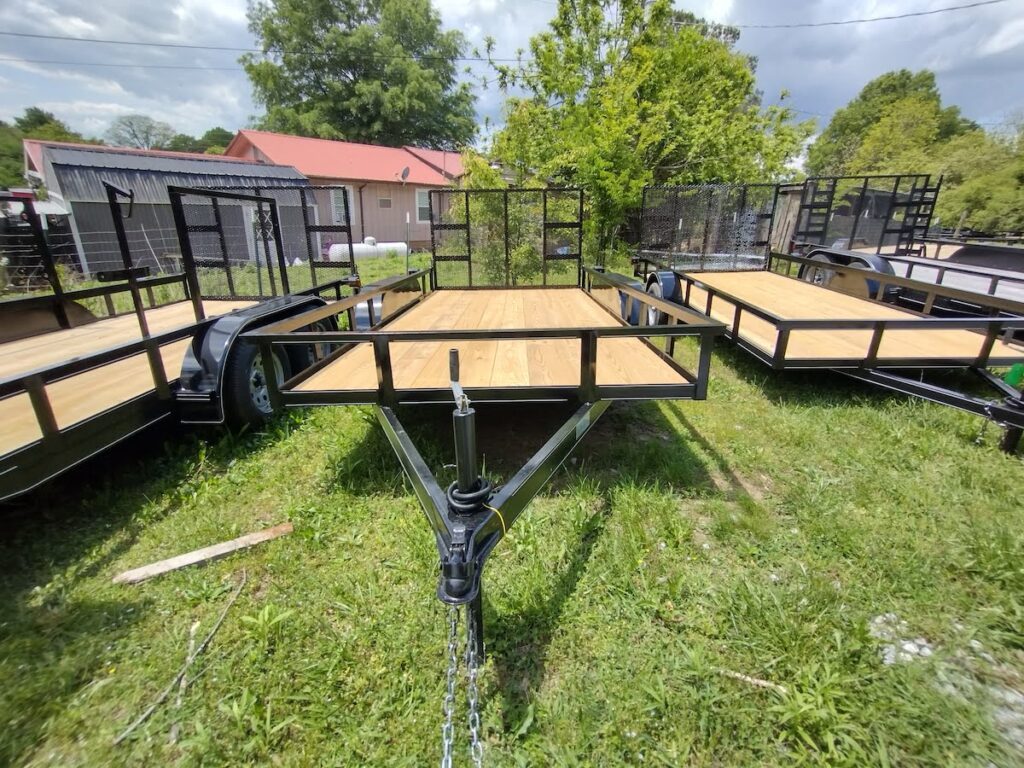A Comprehensive Guide: How to Attach a Trailer Safely
Whether you’re towing a boat, camper, or utility trailer, properly attaching it to your vehicle is crucial for safe and secure transportation. Failing to do so can lead to accidents, damage to your vehicle or trailer, and even injury to yourself or others on the road. In this comprehensive guide, we’ll walk you through the step-by-step process of attaching a trailer to your vehicle, ensuring a smooth and worry-free towing experience.
1. Choose the Right Hitch:
Before you can attach a trailer, make sure your vehicle is equipped with the appropriate hitch for towing. There are several types of hitches available, including receiver hitches, gooseneck hitches, and fifth-wheel hitches, each designed for specific towing applications. Choose the hitch that matches your trailer’s coupler type and weight capacity.
2. Inspect Your Hitch and Trailer:
Before attaching the trailer, inspect both your vehicle’s hitch and the trailer for any signs of damage or wear. Check for loose bolts, cracked welds, or rust that could compromise the integrity of the hitch or trailer. Ensure that the trailer’s tires are properly inflated, lights are working, and safety chains are in good condition.
3. Align the Hitch and Coupler:
Position your vehicle and the trailer on level ground, aligning the hitch ball with the trailer’s coupler. Back your vehicle up slowly until the hitch ball is directly beneath the coupler, ensuring a straight and precise alignment.
4. Lower the Trailer onto the Hitch Ball:
Once aligned, lower the trailer’s coupler onto the hitch ball, making sure it fits securely around the ball. Some trailers may have a locking mechanism or latch that needs to be engaged to secure the coupler in place.
5. Lock the Coupler:
If your trailer is equipped with a locking mechanism, engage it to secure the coupler onto the hitch ball. This will prevent the trailer from coming loose while towing. Double-check that the coupler is securely locked before proceeding.
6. Attach Safety Chains:
Safety chains are a critical component of towing safety, serving as a backup in case the trailer becomes detached from the hitch. Cross the safety chains beneath the trailer coupler and attach them to the designated anchor points on your vehicle’s hitch. Ensure that the chains are not dragging on the ground and have enough slack to allow for turns but are not too loose.
7. Connect Electrical Wiring:
If your trailer is equipped with lights, brakes, or other electrical components, you’ll need to connect the wiring to your vehicle. Plug the trailer’s electrical connector into the corresponding outlet on your vehicle’s hitch, ensuring a secure and watertight connection. Test the trailer lights to ensure they’re functioning correctly.
8. Secure the Trailer:
Once the hitch, safety chains, and electrical wiring are connected, double-check that everything is properly secured and in good working order. Give the trailer a gentle shake to ensure it’s firmly attached to the vehicle and won’t come loose while driving.
9. Perform a Safety Check:
Before hitting the road, perform a final safety check to ensure everything is in order. Test the trailer’s brakes, turn signals, and taillights to ensure they’re working properly. Check the tire pressure and inspect the trailer’s tires for signs of wear or damage. Adjust the side mirrors on your vehicle to ensure you have clear visibility of the trailer while driving.
10. Drive with Caution:
When towing a trailer, drive with caution and be mindful of the additional weight and length of your vehicle-trailer combination. Take turns slowly, leave plenty of space between you and other vehicles, and avoid sudden stops or maneuvers. Be aware of your surroundings and anticipate potential hazards on the road.
By following these steps and exercising caution while towing, you can safely and confidently attach a trailer to your vehicle, ensuring a smooth and enjoyable towing experience. Remember to always adhere to local laws and regulations regarding towing, and never exceed your vehicle’s towing capacity or the trailer’s weight limits. Safe travels!
Legal Disclaimer: The information provided in this article is for general guidance purposes only. It is not intended as legal, safety, professional advice from a Max Built Trailers employee or replacement for product manuals. Readers are advised to consult relevant authorities, manufacturers’ guidelines and seek professional assistance for their specific circumstances and vehicles. The author and publisher disclaim any liability for actions taken based on the contents of this article.





